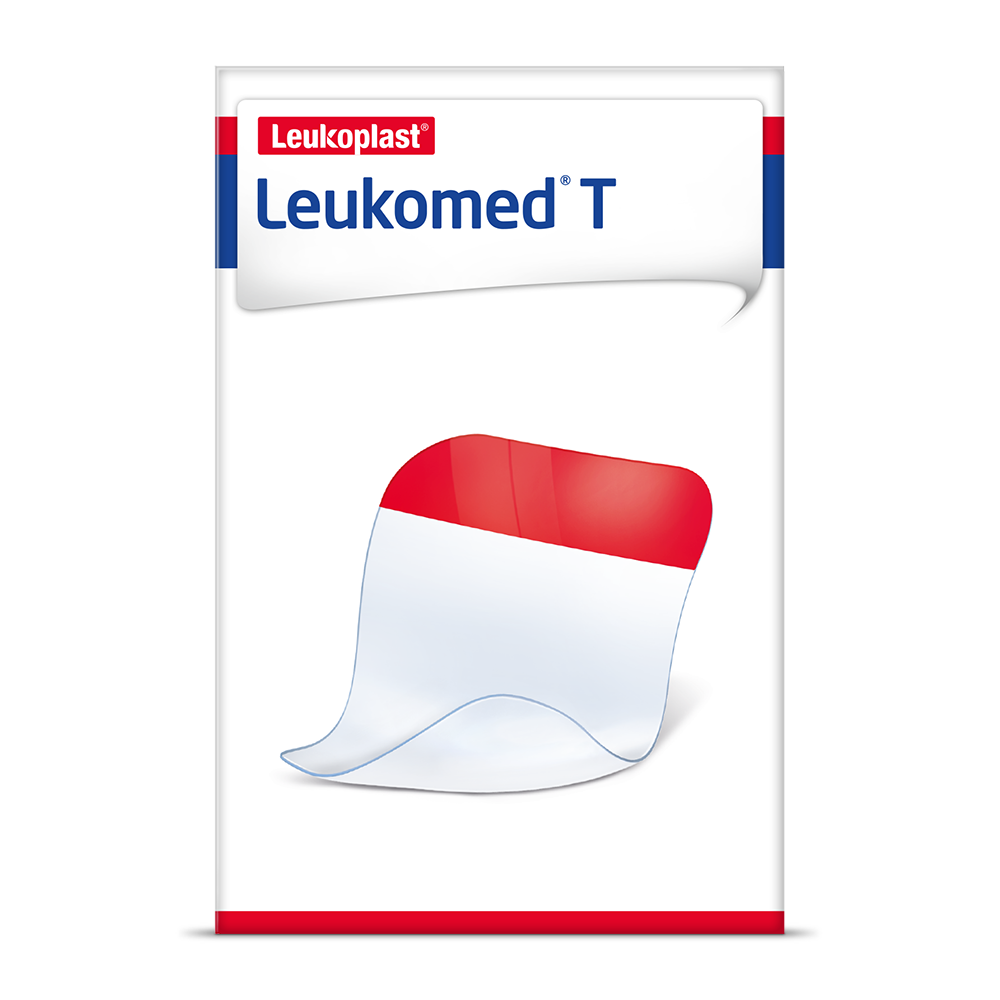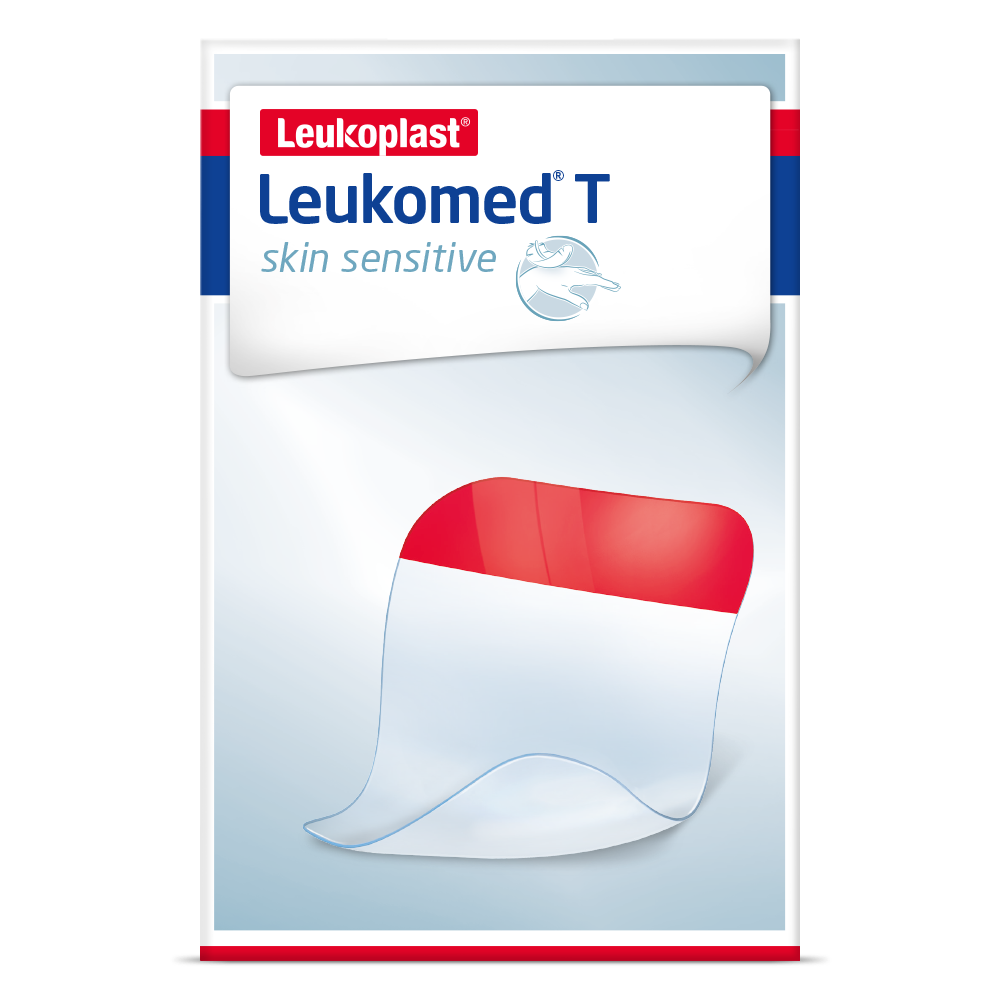First degree burn treatment
Abnormal exposure to temperature causes skin damage. Minor burns are usually described as first-degree burns. Follow the treatment steps below, which are based on NHS recommendations:
Only minor burns such as hand or finger burns should be treated at home and by cooling. A visit to the doctor is necessary, if:
Many common wounds can be dealt with at home. But when should a doctor be consulted? Scroll down for more information!

Sterile dressing for superficial and surgical wounds, and for fixing dressings.

Film to secure wound dressings on sensitive or compromised skin.